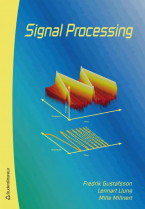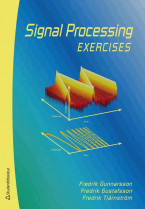Signal Processing
The latest edition of the Signal Processing book has evolved over the past twenty-eight years. It was first introduced in 1990 as a compendium that was developed in steps over the coming decade. In 2000, it was released as a textbook in Swedish at Studentlitteratur. It was translated and a major revision in 2010, when the first English version was released. It has been used in the course TSRT78 in Signal Processing at Linköping University since 1990 by around 2000 students from all engineering programs. Already from the start, it distinguished itself from the large amount of textbooks on signal processing by shifting the focus from transform theory to a comprehensive treatment of classical (transform based) as well as modern (model based) signal processing aimed at applications on real data and problems. The selection of topics is guided by the topics of more than 200 external master's thesis in signal processing as well as the needs from our many industrial research partners. With this first international edition, we have further increased the connection to Matlab.
The general idea is that each topic should lead to an algorithm with a compact Matlab function. These Matlab functions gradually adds functionality to the reader's versatile signal processing toolbox, where only standard Matlab is needed. The simple m-files implementing all algorithms presented in the book can be downloaded here. However, each chapter summary also points out which functions are already available in the signal processing, control and system identification toolboxes. The presented functions are a part of Signal and Systems Lab (short sigsys), a toolbox taylored to the theory of the books on this site. The sigsys toolbox contains a database of real signals the reader can play around with, many of these are used in the examples. All non-trivial examples of the book includes reproducible code, and all functions and examples in the book are included in the installation.

The first part of the book treats classical digital signal processing based on transforms and filters, while model based digital processing is in focus in the second part. Some exercises are more theoretical and solved by hand, while others are intended for Matlab on a computer. The book material is inspired by real problems, and so are the exercises. This is emphasized by the use of data sets, both simulated and real. Most exercises have complete solutions, and a section with hints provides guidance to some exercises. Selected exercises also result in a Matlab function corresponding to specific signal processing algorithms. These functions are used to solve other exercises. Thereby, the reader gradually build up a signal processing toolbox during the studies of the material.
